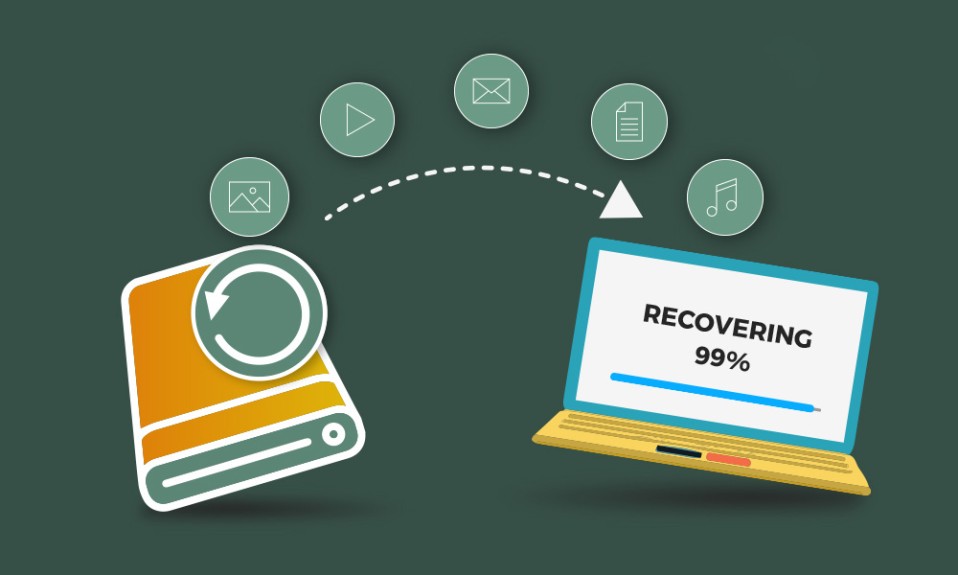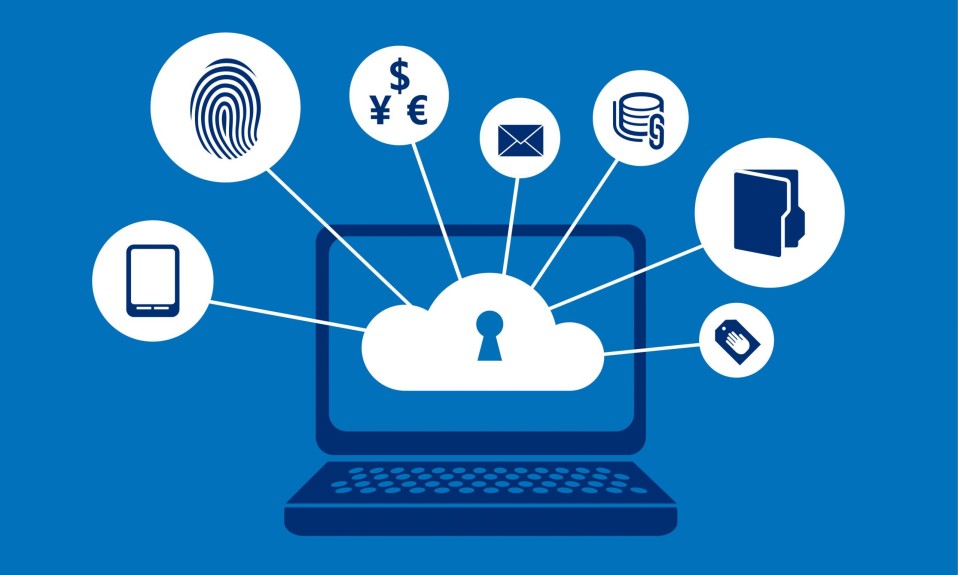Computers have become an important part of our lives. It has become a necessity for everyone as now a days every work is done over the internet on computers and laptops.
People who are regular users of computers and laptops must be aware of all the shortcut keys which are used on the computer keyboard.
Use of Shortcut Keys
- A computer shortcut is a set of one or more keys that invoke a command in software.
- Shortcut keys helps in providing an easier and quicker method of navigating and executing commands in the computer software.
- Using shortcut keys can increase your productivity by invoking commands with a few keystrokes, otherwise, it will be accessible only through a menu, a mouse, or through any other aspect.
Here is the list of all the shortcut keys used while working on the computer:
List of basic computer shortcut keys:
- Alt + F–File menu options in the current program.
- Alt + E–Edits options in the current program.
- F1–Universal help (for any sort of program).
- Ctrl + A–Selects all text.
- Ctrl + X–Cuts the selected item.
- Ctrl + Del–Cut selected item.
- Ctrl + C–Copy the selected item.
- Ctrl + Ins– Copy the selected item.
- Ctrl + V–Paste the selected item.
- Shift + Ins — Paste the selected item.
- Home — Takes the user to the beginning of the current line.
- Ctrl + Home–Go to the beginning of the document.
- End — Go to the end of the current line.
- Ctrl + End — Go to the end of a document.
- Shift + Home — Highlight from current position to beginning of the line.
- Shift + End — Highlight from current position to end of the line.
- Ctrl + (Left arrow) — Move one word to the left at a time.
- Ctrl + (Right arrow) — Move one word to the right at a time.
Microsoft Windows shortcut keys list
- Alt + Tab — Switch between open applications.
- Alt + Shift + Tab — Switch backward between open applications.
- Alt + Print Screen — Create screenshot for the current program.
- Ctrl + Alt + Del — Reboot/Windows task manager.
- Ctrl + Esc — Bring up the start menu.
- Alt + Esc — Switch between applications on the taskbar.
- F2 — Rename selected icon.
- F3 — Start find from the desktop.
- F4 — Open the drive selection when browsing.
- F5 — Refresh contents.
- Alt + F4 — Close current open program.
- Ctrl + F4 — Close window in program.
- Ctrl + Plus Key– Automatically adjust widths of all columns in Windows Explorer.
- Alt + Enter — Open properties window of selected icon or program.
- Shift + F10 — Simulate right-click on selected item.
- Shift + Del — Delete programs/files permanently.
- Holding Shift During Boot up — Boot safe mode or bypass system files.
- Holding Shift During Boot up — When putting in an audio CD, will prevent CD Player from playing.
Word shortcut keys
- Ctrl + A — Select all contents of the page.
- Ctrl + B — Bold highlighted selection.
- Ctrl + C — Copy selected text.
- Ctrl + X — Cut selected text.
- Ctrl + N — Open new/blank document.
- Ctrl + O — Open options.
- Ctrl + P — Open the print window.
- Ctrl + F — Open find box.
- Ctrl + I — Italicise highlighted selection.
- Ctrl + K — Insert link.
- Ctrl + U — Underline highlighted selection.
- Ctrl + V — Paste.
- Ctrl + Y — Redo the last action performed.
- Ctrl + Z — Undo last action.
- Ctrl + G — Find and replace options.
- Ctrl + H — Find and replace options.
- Ctrl + J — Justify paragraph alignment.
- Ctrl + L — Align selected text or line to the left.
- Ctrl + Q — Align selected paragraph to the left.
- Ctrl + E — Align selected text or line to the center.
- Ctrl + R — Align selected text or line to the right.
- Ctrl + M — Indent the paragraph.
- Ctrl + T — Hanging indent.
- Ctrl + D — Font options.
- Ctrl + Shift + F — Change the font.
- Ctrl + Shift + > — Increase selected font +1.
- Ctrl + ] — Increase selected font +1.
- Ctrl + [ — Decrease selected font -1.
- Ctrl + Shift + * — View or hide non printing characters.
- Ctrl + (Left arrow) — Move one word to the left.
- Ctrl + (Right arrow) — Move one word to the right.
- Ctrl + (Up arrow) — Move to the beginning of the line or paragraph.
- Ctrl + (Down arrow) — Move to the end of the paragraph.
- Ctrl + Del — Delete word to the right of the cursor.
- Ctrl + Backspace — Delete word to the left of the cursor.
- Ctrl + End — Move cursor to end of the document.
- Ctrl + Home — Move cursor to the beginning of the document.
- Ctrl + Space — Reset highlighted text to default font.
- Ctrl + 1 — Single-space lines.
- Ctrl + 2 — Double-space lines.
- Ctrl + 5 — 1.5-line spacing.
- Ctrl + Alt + 1 Change text to heading 1.
- Ctrl + Alt + 2 Change text to heading 2.
- Ctrl + Alt + 3 Change text to heading 3.
- F1 — Open help.
- Shift + F3 — Change case of selected text.
- Shift + Insert — Paste.
- F4 — Repeat the last action performed (Word 2000+).
- F7 — Spell check selected text and/or document.
- Shift + F7 — Activate the thesaurus.
- F12 — Save as.
- Ctrl + S — Save.
- Shift + F12 — Save.
- Alt + Shift + D — Insert the current date.
- Alt + Shift + T — Insert the current time.
- Ctrl + W — Close document.
Excel shortcut keys
- F2 — Edit the selected cell.
- F5 — Go to a specific cell.
- F7 — Spell check selected text and/or document.
- F11 — Create chart
- Ctrl + Shift + ; — Enter the current time.
- Ctrl + ; — Enter the current date
- Alt + Shift + F1 — Insert new worksheet.
- Shift + F3 — Open the Excel formula window.
- Shift + F5 — Bring up the search box
- Ctrl + A — Select all contents of a worksheet.
- Ctrl + B — Bold highlighted selection.
- Ctrl + I — Italicize highlighted selection.
- Ctrl + C — Copy selected text.
- Ctrl + V — Paste
- Ctrl + D — Fill
- Ctrl + K — Insert link
- Ctrl + F — Open find and replace options.
- Ctrl + G — Open go-to options.
- Ctrl + H — Open find and replace options.
- Ctrl + U — Underline highlighted selection.
- Ctrl + Y — Underline selected text.
- Ctrl + 5 — Strikethrough highlighted selection.
- Ctrl + O — Open options.
- Ctrl + N — Open new document.
- Ctrl + P — Open print dialog box.
- Ctrl + S — Save.
- Ctrl + Z — Undo last action.
- Ctrl + F9 — Minimize current window.
- Ctrl + F10 — Maximize currently selected window.
- Ctrl + F6 — Switch between open workbooks/windows.
- Ctrl + Page up & Page Down — Move between Excel worksheets in the same document.
- Ctrl + Tab — Move between two or more open Excel files
- Alt + = — Create the formula to sum all of the above cells.
- Ctrl + — Insert the value of above cell into the current cell.
- Ctrl + Shift + ! — Format number in comma format.
- Ctrl + Shift + $ — Format number in currency format.
- Ctrl + Shift + # — Format number in date format.
- Ctrl + Shift + % — Format number in percentage format.
- Ctrl + Shift + ^ — Format number in scientific format.
- Ctrl + Shift + @ — Format number in time format.
- Ctrl + (Right arrow) — Move to next section of text.
- Ctrl + Space — Select entire column.
- Shift + Space — Select entire row.
- Ctrl + W — Close document.
Outlook shortcut keys
- Alt + S — Send the email.
- Ctrl + C — Copy selected text.
- Ctrl + X — Cut selected text.
- Ctrl + P — Open print dialog box.
- Ctrl + K — Complete name/email typed in address bar.
- Ctrl + B — Bold highlighted selection.
- Ctrl + I — Italicize highlighted selection.
- Ctrl + U — Underline highlighted selection.
- Ctrl + R — Reply to an email.
- Ctrl + F — Forward an email.
- Ctrl + N — Create a new email.
- Ctrl + Shift + A — Create a new appointment to your calendar.
- Ctrl + Shift + O — Open the outbox.
- Ctrl + Shift + I — Open the inbox.
- Ctrl + Shift + K — Add a new task.
- Ctrl + Shift + C — Create a new contact.
- Ctrl + Shift+ J — Create a new journal entry.
WINKEY shortcuts:
- WINKEY + D — Bring desktop to the top of other windows.
- WINKEY + M — Minimize all windows.
- WINKEY + SHIFT + M — Undo the minimize done by WINKEY + M and WINKEY + D.
- WINKEY + E — Open Microsoft Explorer.
- WINKEY + Tab — Cycle through open programs on the taskbar.
- WINKEY + F — Display the Windows Search/Find feature.
- WINKEY + CTRL + F — Display the search for computers window.
- WINKEY + F1 — Display the Microsoft Windows help.
- WINKEY + R — Open the run window.
- WINKEY + Pause /Break — Open the system properties window.
- WINKEY + U — Open utility manager.
- WINKEY + L — Lock the computer (Windows XP & later).











